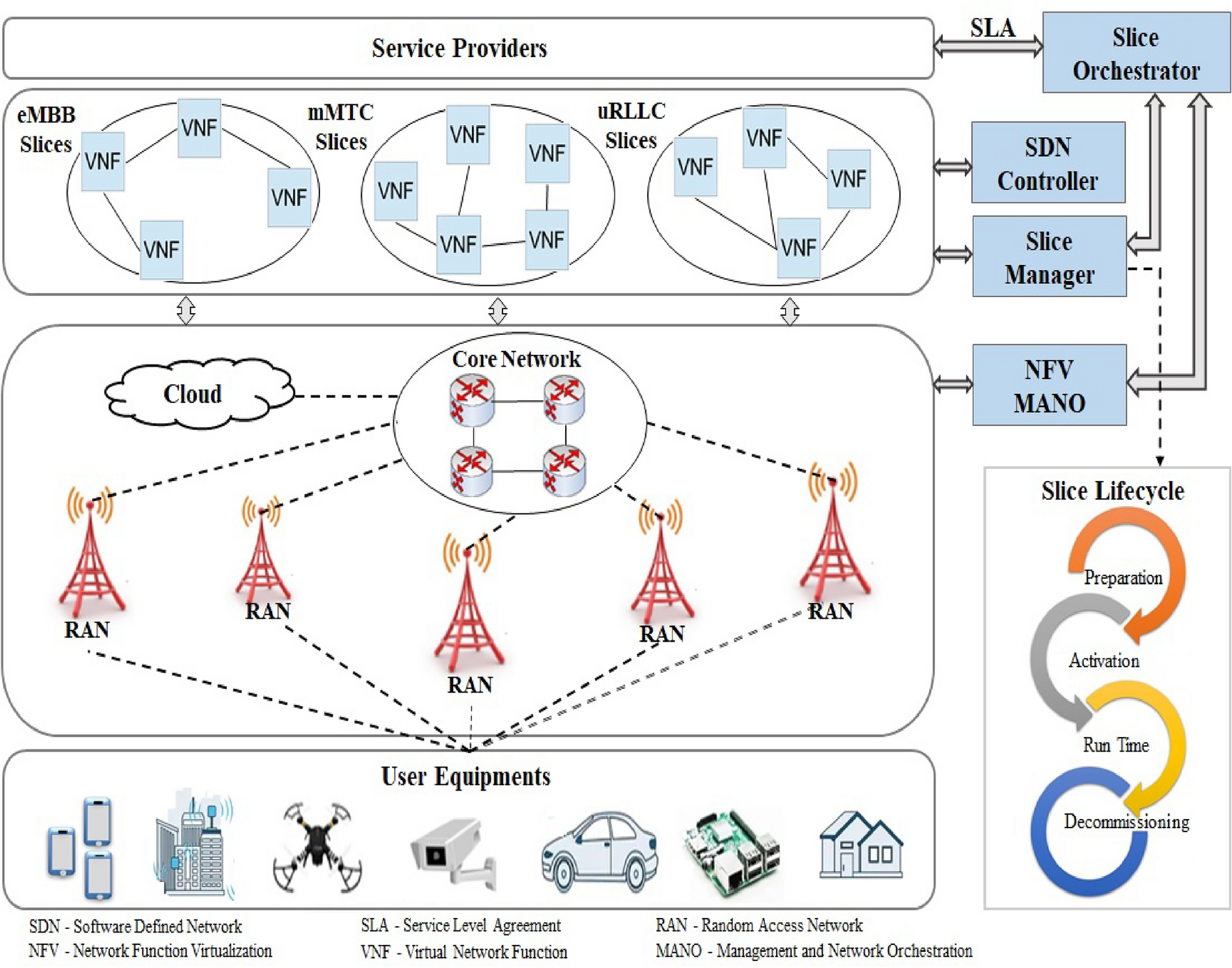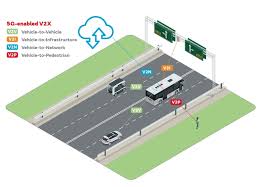Network Slice Management & Orchestration | PDF & PPT Download
telcomatraining.com – As 5G and beyond continue to evolve, Network Slice Management and Orchestration (NSMO) has emerged as one of the most critical technologies for ensuring flexibility, scalability, and service customization. Network slicing allows operators to create multiple virtual networks on a shared physical infrastructure, each tailored to specific use cases such as IoT, autonomous vehicles, smart cities, and ultra-reliable low-latency communications (URLLC).
The management and orchestration of these slices ensure that resources are allocated efficiently, services meet agreed SLAs, and networks remain secure and resilient. If you are looking for a comprehensive overview of NSMO in PDF and PPT formats, this article will guide you through the essentials.
What is Network Slice Management & Orchestration?
Network Slice Management and Orchestration refers to the framework, tools, and processes used to automate, monitor, and control network slices. It ensures that each slice operates independently while sharing the same infrastructure.
Key functions include:
- Slice Design – Creating templates and policies for different use cases.
- Slice Provisioning – Automating deployment with minimal human intervention.
- Resource Allocation – Assigning compute, storage, and bandwidth resources.
- Monitoring & Assurance – Tracking performance, latency, and quality of service (QoS).
- Lifecycle Management – Scaling, modifying, or terminating slices based on demand.
Why is NSMO Important in 5G and Beyond?
- Enhanced Flexibility – Operators can deploy different slices for consumers, enterprises, and industries.
- Service Differentiation – Each slice can meet unique requirements (eMBB, URLLC, mMTC).
- Operational Efficiency – Automation reduces manual tasks and speeds up service delivery.
- Revenue Growth – By offering specialized slices, telecom providers can create new business models.
- Future-Readiness – Supports emerging use cases like smart factories, connected healthcare, and immersive AR/VR experiences.
Architecture of Network Slice Management & Orchestration
The NSMO architecture is typically built on top of NFV (Network Functions Virtualization) and SDN (Software-Defined Networking) technologies. Its main components include:
- Service Orchestrator – Defines slice requirements and manages service lifecycle.
- Resource Orchestrator – Maps slice needs to physical and virtual resources.
- Domain Controllers – Manage RAN, transport, and core network domains.
- Analytics & AI Modules – Provide predictive insights for optimization.
Together, these components ensure end-to-end orchestration, from radio access to the application layer.
Challenges in Network Slice Orchestration
Despite its advantages, NSMO faces some challenges:
- Complexity in managing multiple dynamic slices.
- Interoperability Issues across multi-vendor ecosystems.
- Security Concerns when isolating slices.
- Resource Contention during peak demand.
Industry standards from 3GPP, ETSI, and ONAP continue to evolve to address these challenges.
Network Slice Management & Orchestration PDF & PPT Download
For readers looking to explore NSMO in detail, we provide downloadable resources:
- [PDF Download]: A detailed whitepaper covering NSMO concepts, use cases, and architecture.
- [PPT Download]: A presentation-ready slide deck ideal for training, business pitches, or academic purposes.
👉 Click below to download:
- 📄 [Network Slice Management & Orchestration PDF]
- 📊 [Network Slice Management & Orchestration PPT]
(Links can be added once files are ready.)
Conclusion
Network Slice Management and Orchestration is a cornerstone of 5G networks, enabling service providers to deliver customized, efficient, and scalable solutions across industries. With automation, AI-driven optimization, and standardized frameworks, NSMO is shaping the future of telecom.
For professionals, researchers, and students, accessing PDF and PPT resources is essential to deepen understanding and stay ahead in this rapidly evolving field. Download the materials today and explore how NSMO can transform digital connectivity.







